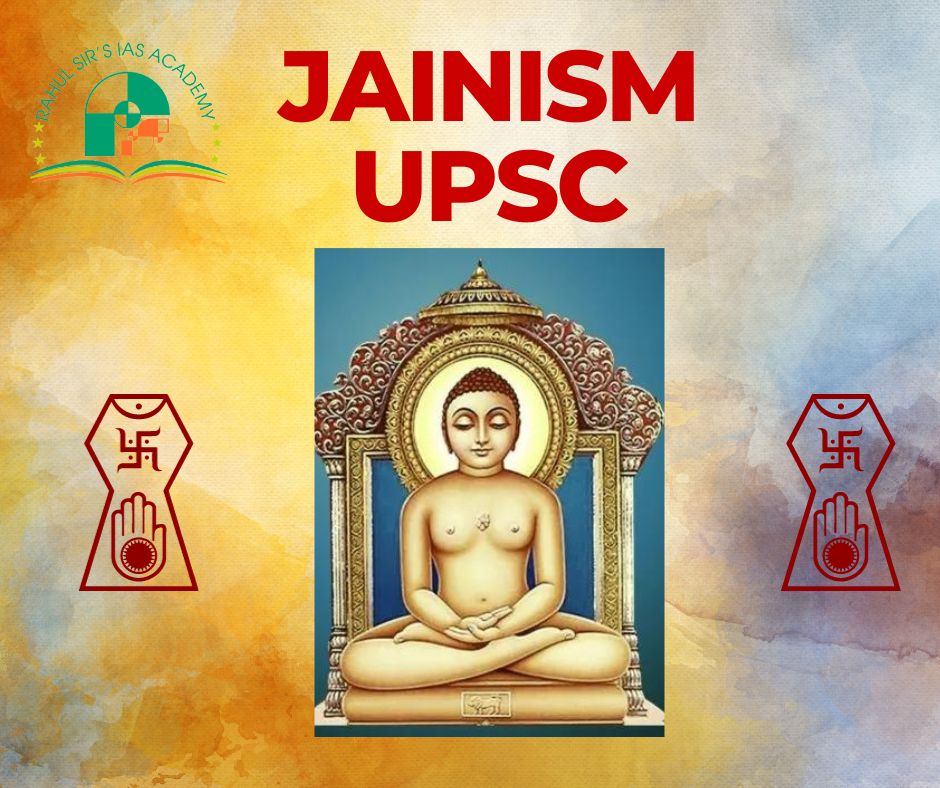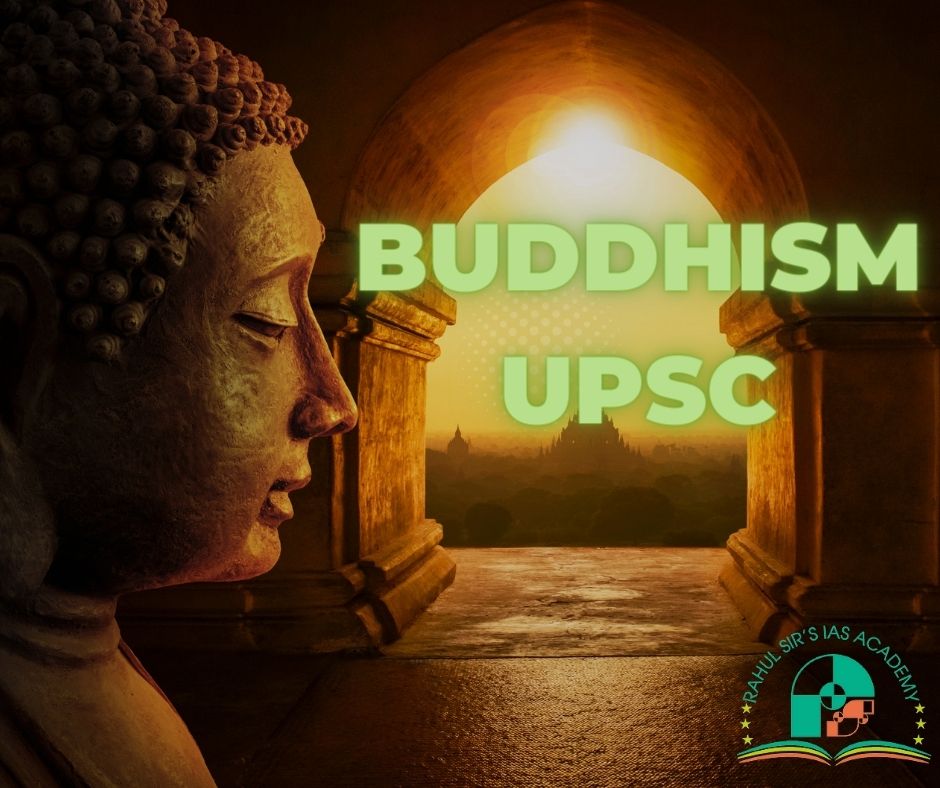Jainism UPSC Introduction Jainism UPSC preparation has to be done in a systematic and strategic manner as it is an infrequently represented topic..
Buddhism UPSC – Basic Introduction The Buddhism UPSC preparation has to be done with a special strategy for it is an extremely vast area of study. Buddhism, as philosophy...



